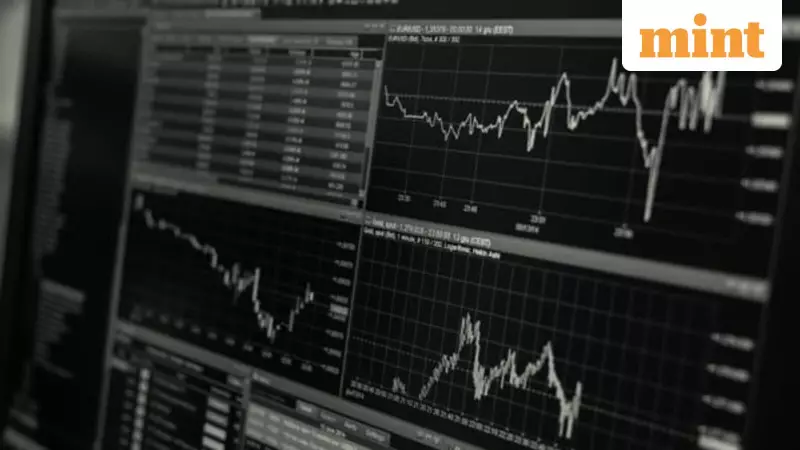
The Indian rupee is demonstrating remarkable resilience in the face of global market turbulence, with traders anticipating minimal movement during Tuesday's trading session despite weak risk appetite worldwide and a strengthening U.S. dollar.
Rupee's Defiance Against Global Trends
Currency markets indicated the rupee would open in the narrow band of 88.60-88.62 against the U.S. dollar, barely changed from Monday's closing of 88.61. This stability comes even as Asian currencies broadly declined on Tuesday, extending losses from the previous session amid deteriorating investor sentiment.
The safe-haven dollar gained strength following a significant 1% drop in U.S. equities on Monday, which typically pressures emerging market currencies. Regional stock markets in Asia followed Wall Street's downward trajectory, with Japan and Australia leading the declines.
RBI's Firm Hand in Currency Stability
Market participants attribute the rupee's unusual stability to consistent intervention by the Reserve Bank of India. The central bank has vigorously defended the 88.80 level in recent trading sessions, effectively preventing any substantial depreciation of the Indian currency.
"It's not really a surprise the rupee is doing its own thing — that's been the pattern for a while, with external cues only feeding through in a very limited way," commented a currency trader at a private sector bank.
He further explained that "The RBI's hand has conditioned the market to expect a contained range," highlighting how regulatory intervention has created expectations of limited currency movement among traders.
Economic Pressures and Market Dynamics
Despite the apparent stability, underlying economic pressures persist. India reported a historically high trade deficit on Monday, which typically would exert downward pressure on the currency. However, the data resulted in only minor intraday fluctuations without breaking the established trading range.
Foreign investment flows showed concerning trends, with foreign investors selling a net $525.2 million worth of Indian shares on November 16, according to NSDL data. Bond markets saw relatively smaller outflows of $0.7 million on the same day.
Gaura Sen Gupta, economist at IDFC FIRST Bank, noted in a research report that "Rupee faces depreciation pressure from capital outflows and widening trade deficit." She suggested that proactive RBI intervention and a successful trade agreement could maintain the currency's range-bound behavior, while failure to secure a US-India deal would increase depreciation risks.
Other key market indicators showed the one-month non-deliverable rupee forward at 88.74, while the dollar index stood at 99.52. Brent crude futures declined 0.4% to $63.9 per barrel, and the ten-year U.S. note yield remained at 4.12%.





